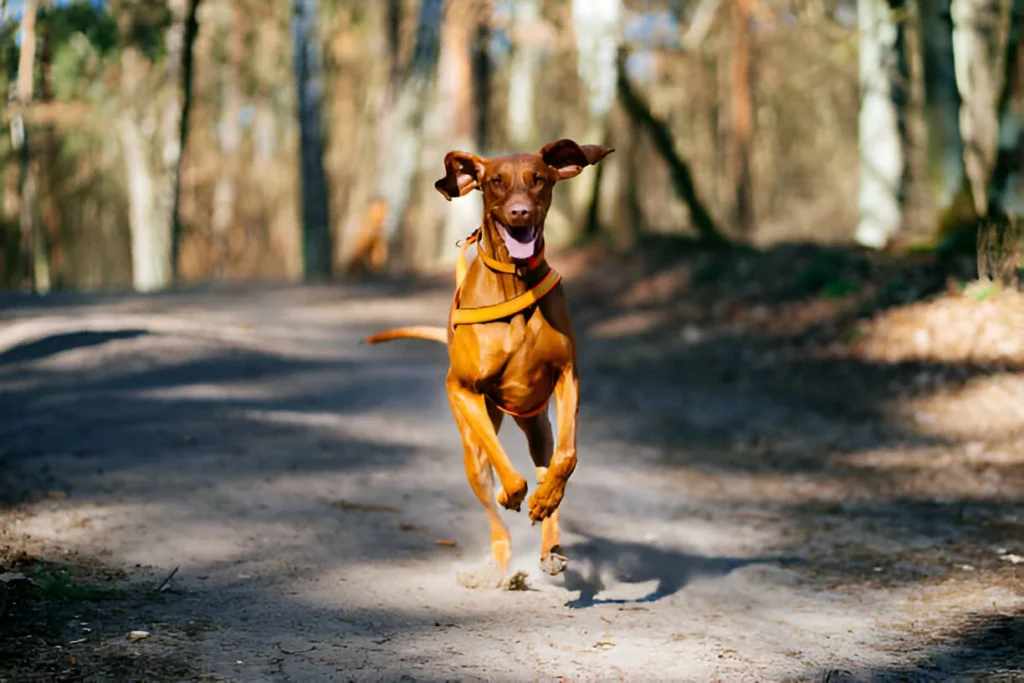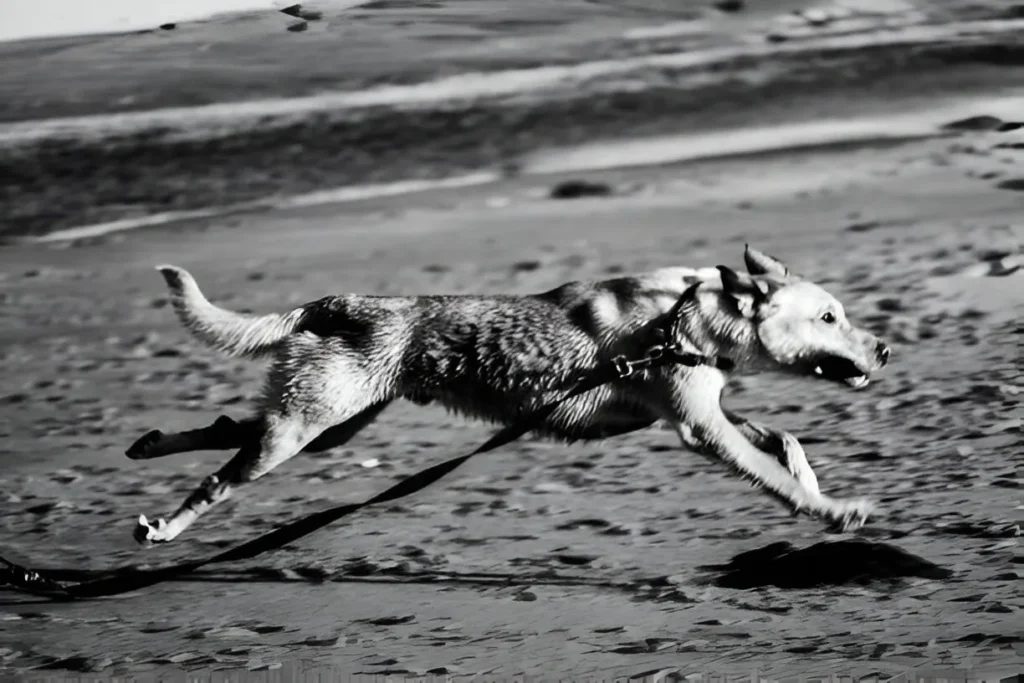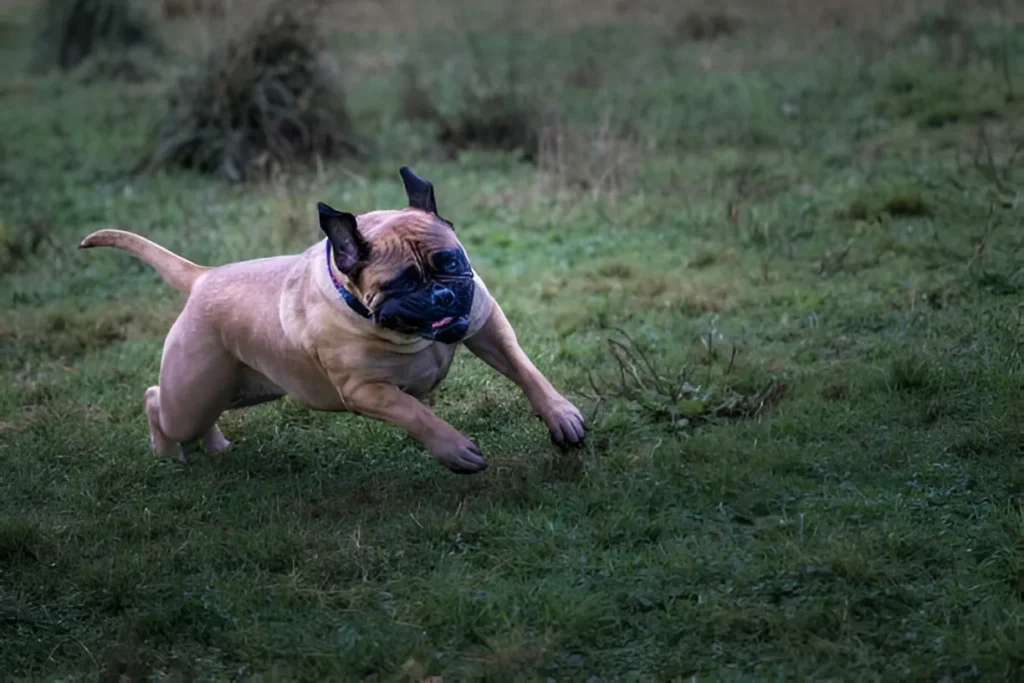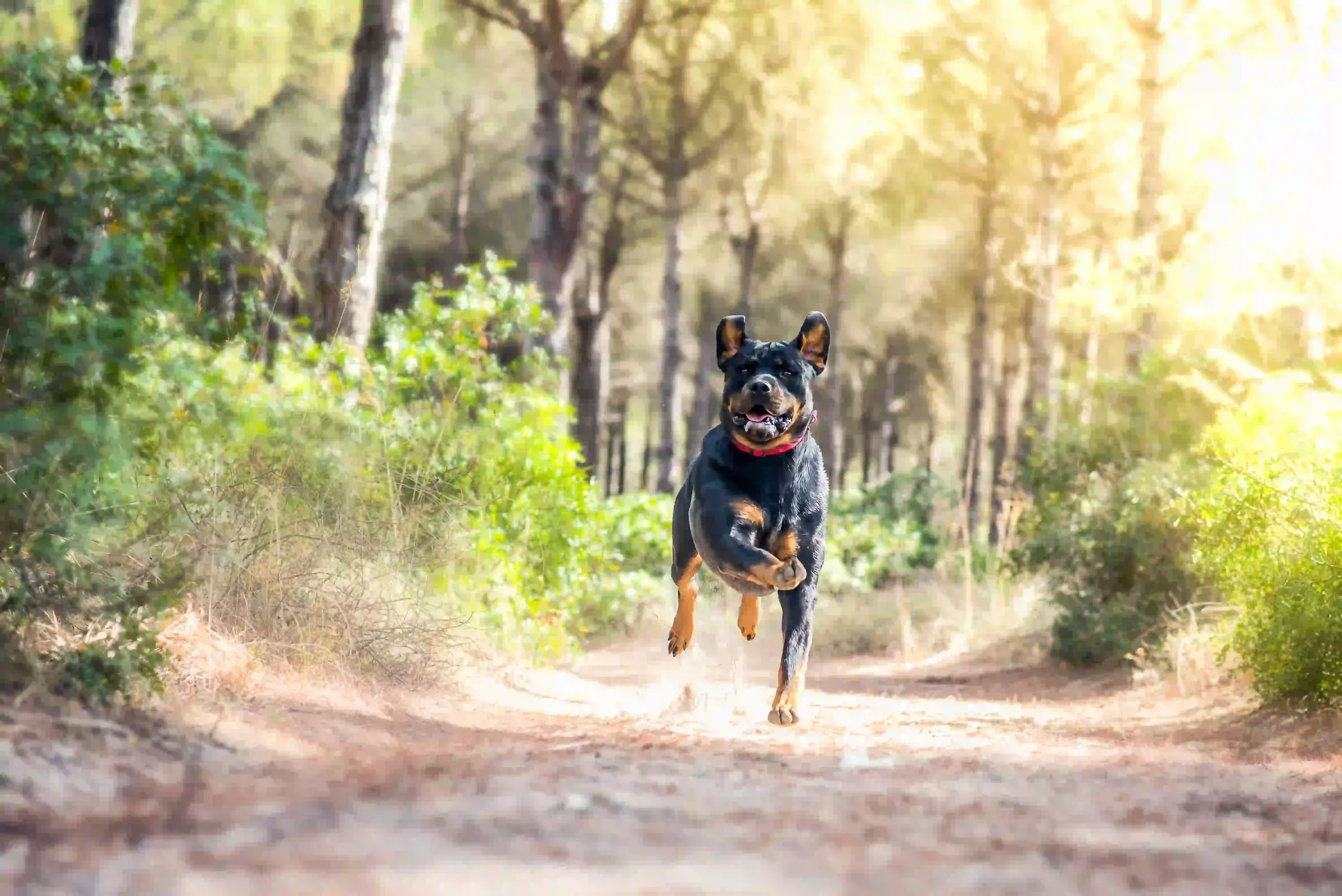One of the greatest joys of dog ownership is to learn how to stop a dog from running away when off-leash while taking your dog for an off leash walk. But the majority of the time, our pets are not prepared for such freedom right away. Dogs adore running, playing, and chasing. When they have nothing to stop them, they will take off without hesitation.
It can quickly lead to your dog or someone else getting hurt. And it’s a frightening situation for any owner. Even novice owners can successfully train their dogs to stay close, despite the fact that it can be a difficult task given their ingrained behavioral patterns. Since your dog has complete freedom when not wearing a leash, keep in mind that nothing is guaranteed.
You’ll feel more confident when you and your dog are out in public if you follow this guide on training a dog to stay on the leash. Hence in this guide, on How to stop a dog from running away when off-leash.
How To Stop a Dog From Running Away When Off-Leash
1. Learn to Walk on a Leash
Prior to letting your dog run free, make sure they trust you. You can make them want to stay with you by working on their leash manners. Concepts like checking in and heeling on a lead should be taught and practiced. Make sure your dog doesn’t ignore you or pull on the leash. Or you can as well learn in full detail about how to stop a dog from running away when off-leash.
By practicing frequent check-ins and rewarding them, you can help your dog become more obedient when they are not on a leash. Note any reactions your dog appears to have, whether they involve running away or chasing.

2. Develop an Emergency Recall
An emergency recall is a special kind of recall that should only be used when it is absolutely necessary to recall your dog. The emergency recall will activate if your dog is running toward a busy road or disappearing in an unidentified location, even though you will use your regular recall to get your dog to come inside from your fenced-in yard or to come back to you at the dog park.
Running with your dog can be enjoyable and healthy for both of you. But it’s crucial to make sure you have what you need and that it’s safe for them. It may not be appropriate for your dog’s breed, weight, or temperament, and not all dogs will love running with you.
3. Train Your Dog to Be Obligatory
Learning how to stop a dog from running away when off-leash is vital. You will need to develop your obedience through training and strengthening your relationship with your dog can help them avoid running away. Teach your dog fun tricks and activities that can help them feel purposeful, along with basic commands like “sit,” “stay,” “down,” and “place.”
In addition to giving you more tools to use when you need your dog to stay by your side, you’ll make your presence and guidance more rewarding.
In certain cases, training tricks can serve as a fallback if your recall seems to be failing. If your dog enjoys performing tricks, a smart method to get their attention again and get them back to you is to call for them to run through your legs or jump in your arms.
4. Work out in a fenced-in area.
Since our dogs aren’t accustomed to being free, they frequently run away. Your pet will soon be running off in the distance due to the excitement of not having to wear a leash. In order to avoid this, they must become used to being unleashed.
Make sure your backyard is safe, then release them from the leash to sniff and explore. Occasionally, call them to you. Reward them with a treat if they show up. If they don’t, lead them back to where you were standing, clip their leash, and force them to sit.
As always, reward good behavior with a delicious treat, and keep doing this until you are no longer required to lead them back yourself. Use the same command each and every time to maintain consistency.
How to Stop Dog from Biting Leash and Make Walks More Enjoyable

How To Train Your Dog To Run With You
This section guides you on how to train a dog to run with you. Dogs can be train to stay put in a variety of ways. Clicker training is a reliable technique that uses positive support and rewards instead of penalties in an associative learning process. If you want your dog to pay attention when you call, do the following:
1. Select the appropriate scene: A fenced yard is a good place to train your dog because it is comfortable, distract-free, and allows you to keep control. Keep your commands to yourself at the dog park. During training, keep your dog under control and maintain their focus by wearing a leash.
2. Give your dog a long line to follow: A leash that is at least fifteen feet long is called a long line. While maintaining control, it enables you to put a considerable amount of distance between you and your dog.
You Missed How to Train a Dog to Walk on a Leash
3. Press the “Load” button: You must teach your dog to associate the clicker sound with treats before you begin clicker training. Play with your dog for a while, clicking and treating right away without observing any behaviors. You can begin training your dog as soon as they start to associate the clicker sound with a treat.
4. Issue an order to them: Call your dog’s name or invite them to join you as they explore the area at the end of the lengthy line. Also, consult from an pro dog trainer who will guide you How to stop a dog from running away when off-leash.
5. Do it again: Maintain the command’s clicker training throughout multiple training sessions.
6. Discontinue using the clicker: When your dog is able to confidently execute the behavior when given the command, replace the clicker with verbal praise. But don’t use the clicker without rewarding your dog; otherwise, they won’t associate the click sound with a treat, and the clicker won’t work. If you do not know what to do if dog runs away then check out a local shelter.
7. Rope burn from dog leash: When training your dog to run with you, it’s important to use the right equipment to prevent injuries, such as rope burn from dog leash. Rope burns occur when the leash rubs against your skin, causing friction and irritation, which can lead to painful abrasions. To avoid this, ensure the leash is made of soft, durable material like nylon or leather, and consider wearing gloves while handling the leash during intense training sessions. Always maintain control of the leash and avoid jerking or pulling it too tightly, as sudden movements can increase the risk of rope burns.

How to Off Leash Train Your Dog
Give your dog more freedom and exercise by introducing them to off leash training. But make sure you do it gradually and safely.
One piece of advice for beginners is to practice in a secure, enclosed space. Along with progressively increasing the distance and length of time off leash time, you can use high-value treats to reward your dog for remaining near you and obeying instructions.
Additionally, always pay attention to your dog’s body language to make sure they’re content and comfortable. Having a strong recall command in place is also crucial, as is training with patience and consistency.
Conclusions
Hence we have finished our guide on How to stop a dog from running away when off-leash. So, it is the owner’s duty to understand their pet’s boundaries and provide the conditions necessary for success because even the best-trained dogs have a slim chance of escaping when left unattended.
Keep a routine with lots of exercise and training, be aware of the reasons your dog runs off, and don’t be afraid to put your pet on a leash when you’re not sure how they’ll behave in a particular circumstance. Although taking your dog for walks without a leash is ideal, knowing when to take charge can save their life.
